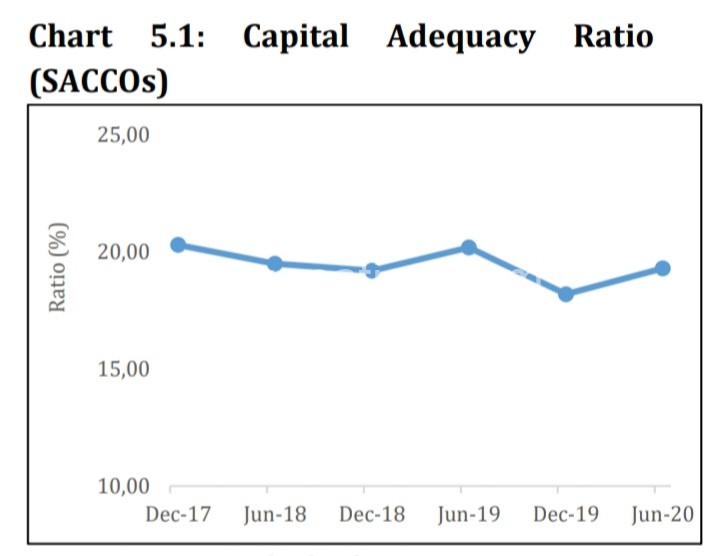Bad loans surge
High levels of non-performing loans (NPLs) above the recommended regulatory ceiling as a result of reduced economic activity due to Covid-19, is threatening the country’s Microfinance sector, a Reserve Bank of Malawi report has shown.
The bank’s June Financial Stability Report which covers a six-month period from January to June, indicates that the sector recorded an expansion in bad loans and ultimately affected the asset quality of the sector.

“Asset quality as measured by the level of NPLs was unsatisfactory during the review period.
“NPLs as a percentage of gross loans significantly increased to 15.5 percent as at June 2020 from 4.3 percent as at December 2019. The ratio was above the acceptable regulatory ceiling of five percent,” said the report.
Over the years, NPLs have become risky for the Microfinance sector, with institutions under the sector highlighting that they have been facing challenges in trying to recover from the toxic loans.
An earlier study the Reserve Bank of Malawi (RBM) indicated that NPLs in the sector were also high largely due to the decrease in gross loans.
University of Malawi’s Chancellor College economics professor Ben Kaluwa in an interview observed that the trend is likely to continue as the economic environment remains depressed and people are not generating enough income.
“NPLs have indeed become for MFIs. These are the loans that people who took some time back, but were stressed and did not service them.
“Now that the economy is depressed with the Covid-19 pandemic, the trend in non-performing loans will, therefore, continue for now and only taper once the economic environments improves for the better,” he said.
The report further shows that deposit taking subsector recorded a loss of K414.3 million as at June 2020 from a profit of K256.6 million recorded in June 2019.
“The loss was largely on account of a decrease in interest income as a result of the increase in non-performing loans. Consequently, return on assets and return on equity for deposit taking microfinance decreased to -2 percent and -6.2 percent as at June 2020 from two percent and six percent as at June 2019, respectively,” reads the report.
The sector however registered satisfactory capital levels for deposit taking which were recorded above the minimum regulatory capital requirement of K250 million.
Total equity in the subsector increased to K6.7 billion as at June 2020 from K6 billion as at December 2019, mainly due to a new entrant in the subsector thereby increasing the number of institutions from two to three during the review.
a





